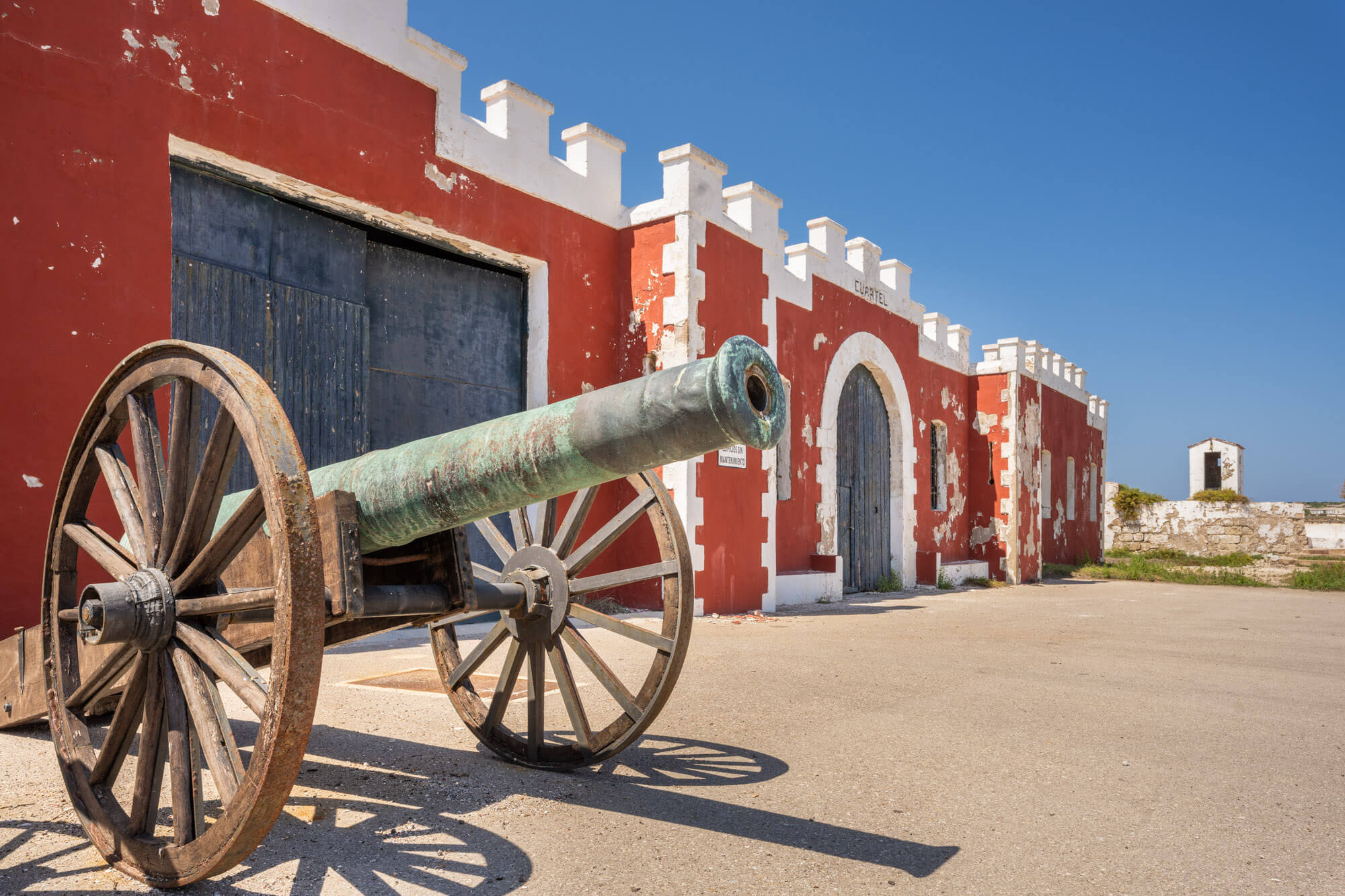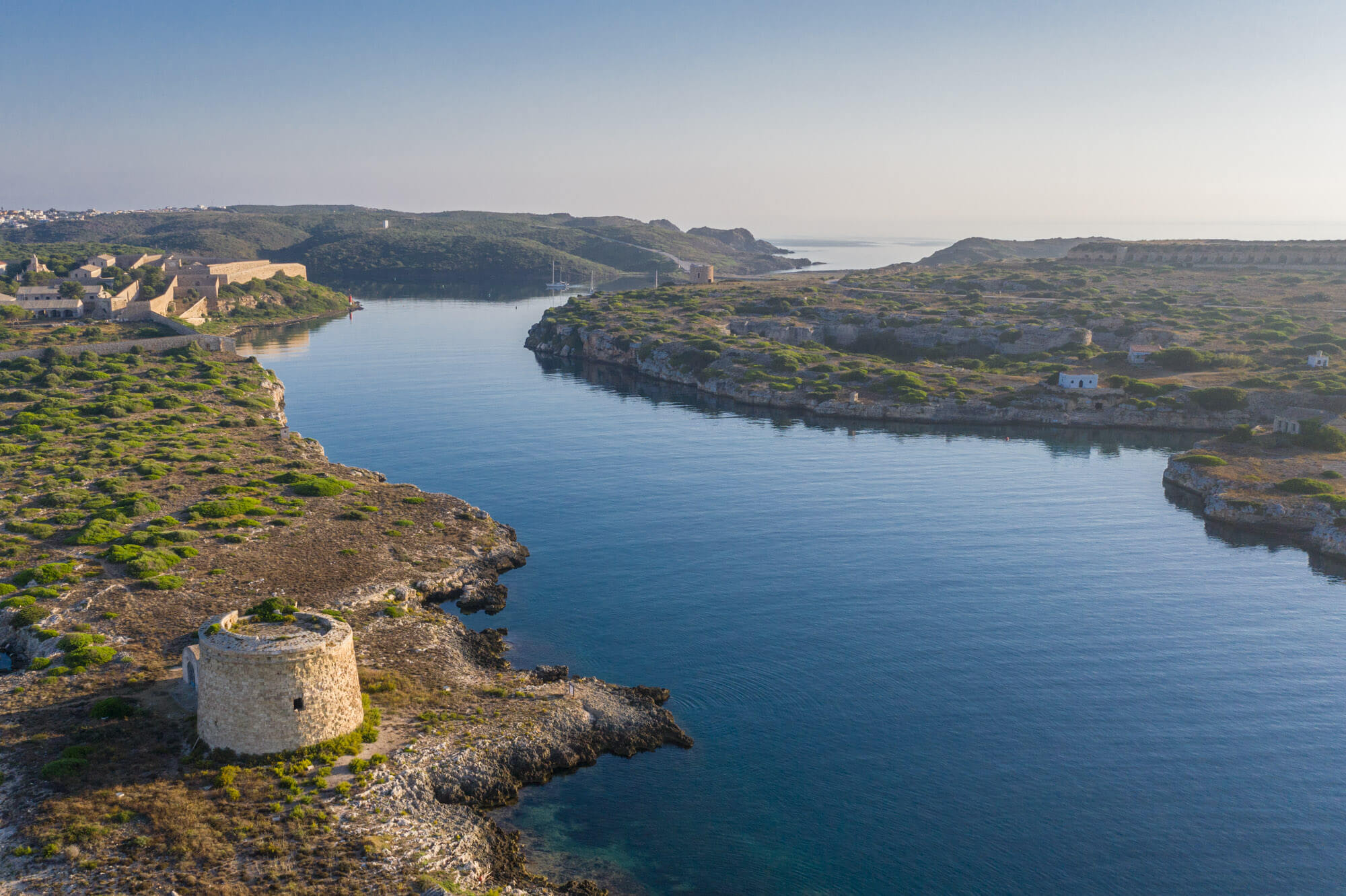St. Philip Castle, Consorcio Militar, Museo Militar, Uncategorized
Stories from the Military Museum of Menorca (and 2): The fortification in the 16th century
The Medieval fortification, based on high but narrow walls, was useful to prevent the assault of the infantry, but with the arrival of gunpowder and subsequent development of the artillery, such walls could not resist the continuous impact of the projectiles; as a consequence, the walls decreased in height and increased their width.
In the middle of the XVIth century, the “bastioned” system had been imposed throughout Europe. Wide and terraced wall in it´s upper level, bastions in the corners where to place the artillery, walls with a scarp (inclined wall) that begins in a moat, and on the counterscarp (opposite wall of the moat), a covered path that surrounds the whole complex, and dominates and controls the glacis (outer clear space).
In order to protect the escarpment of the walls, from the direct hits of the artillery, a triangular structure was built in front of it: the ravelin. Lower in height and without protection on its ruff (back) that could be defended from the main wall.
Director Lieutenant Colonel Bartol







